Look, I’ve been around the block a few times, and I’ve seen plenty of folks get burned on bad used car deals. You might know your way around a vehicle, but there are some red flags that you should never ignore. Here’s a rundown of when you should just walk away.
1. Sketchy Seller Behavior

Image Credit: Shutterstock / Standret
If the seller seems evasive, won’t provide a clear history of the car, or insists on cash only, take that as a warning. Trust your gut—honest sellers don’t mind answering questions or providing documentation.
2. Inconsistent Paperwork

Image Credit: Shutterstock / Hryshchyshen Serhii
Always check the vehicle identification number (VIN) on the car and match it with the paperwork. Discrepancies can indicate a stolen car or a salvage title that’s been washed. If the documents don’t add up, walk away.
3. No Vehicle History Report

Image Credit: Shutterstock / Sergei Gontsarov
If the seller refuses or can’t provide a vehicle history report, that’s a big red flag. Services like Carfax or AutoCheck can reveal accidents, title issues, and maintenance records. No report? No deal.
4. Visible Rust and Body Damage
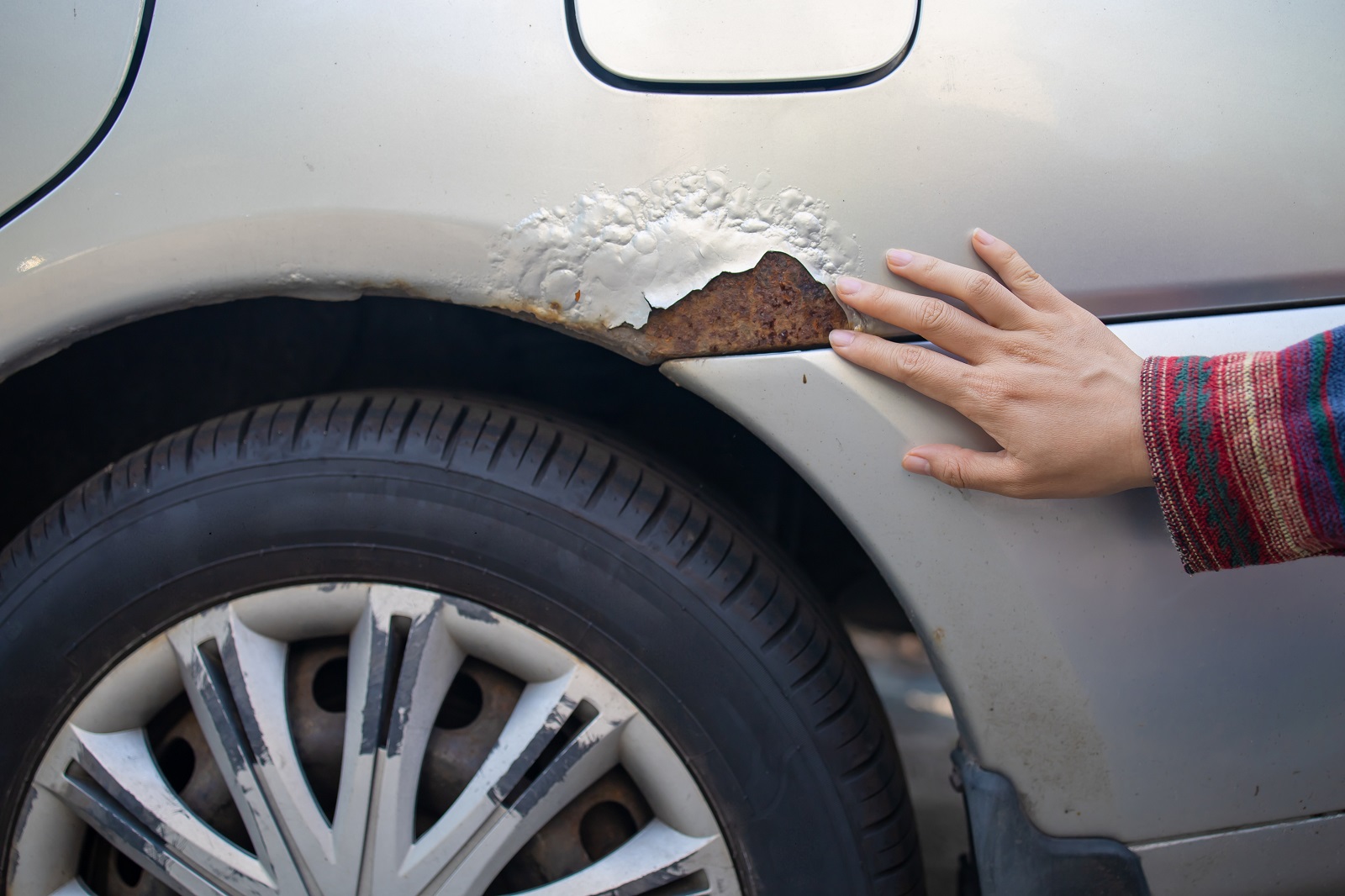
Image Credit: Shutterstock / Yanya
Surface rust can often be treated, but if you see extensive rust on the frame or body, it could indicate deeper structural issues. Similarly, mismatched paint or poorly aligned body panels can be signs of past accidents or shoddy repairs.
5. Engine Problems

Image Credit: Shutterstock / tigercat_lpg
A rough idle, strange noises, or visible smoke are all bad signs. Even if you’re experienced, an engine teardown is expensive and time-consuming. If the engine doesn’t sound or feel right, it’s best to move on.
6. Transmission Troubles
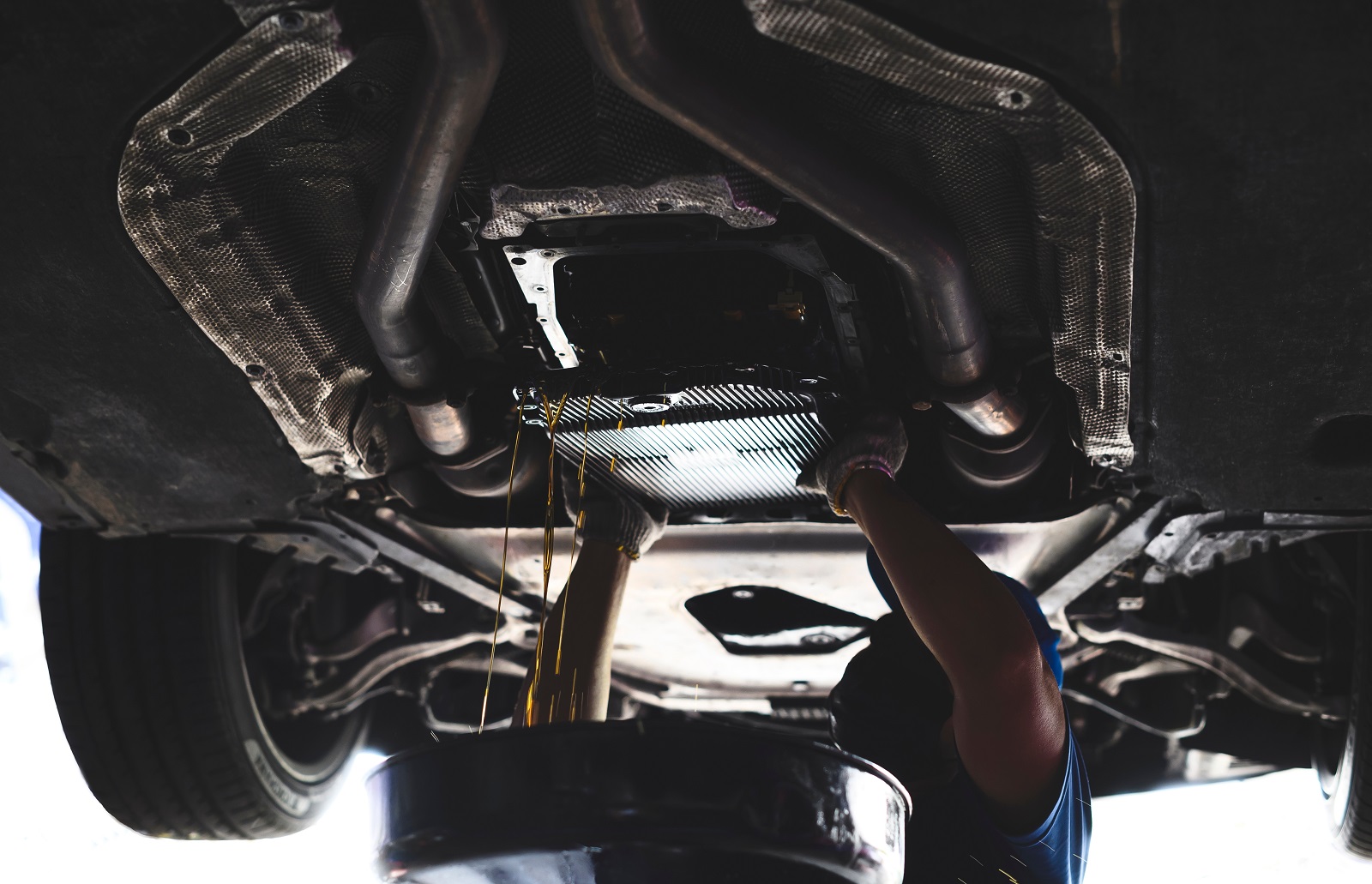
Image Credit: Shutterstock / Setta Sornnoi
Pay attention to how the car shifts. Slipping gears, delayed shifting, or a rough transition are indicators of transmission problems. Transmission repairs can be costly, so if you notice any issues, it’s probably not worth it.
7. Suspension and Alignment Issues

Image Credit: Shutterstock / kasarp studio
Take the car for a test drive and pay attention to how it handles. If it pulls to one side, bounces excessively, or you hear unusual noises, the suspension might be shot. These repairs can be expensive and tricky.
8. Electrical Gremlins
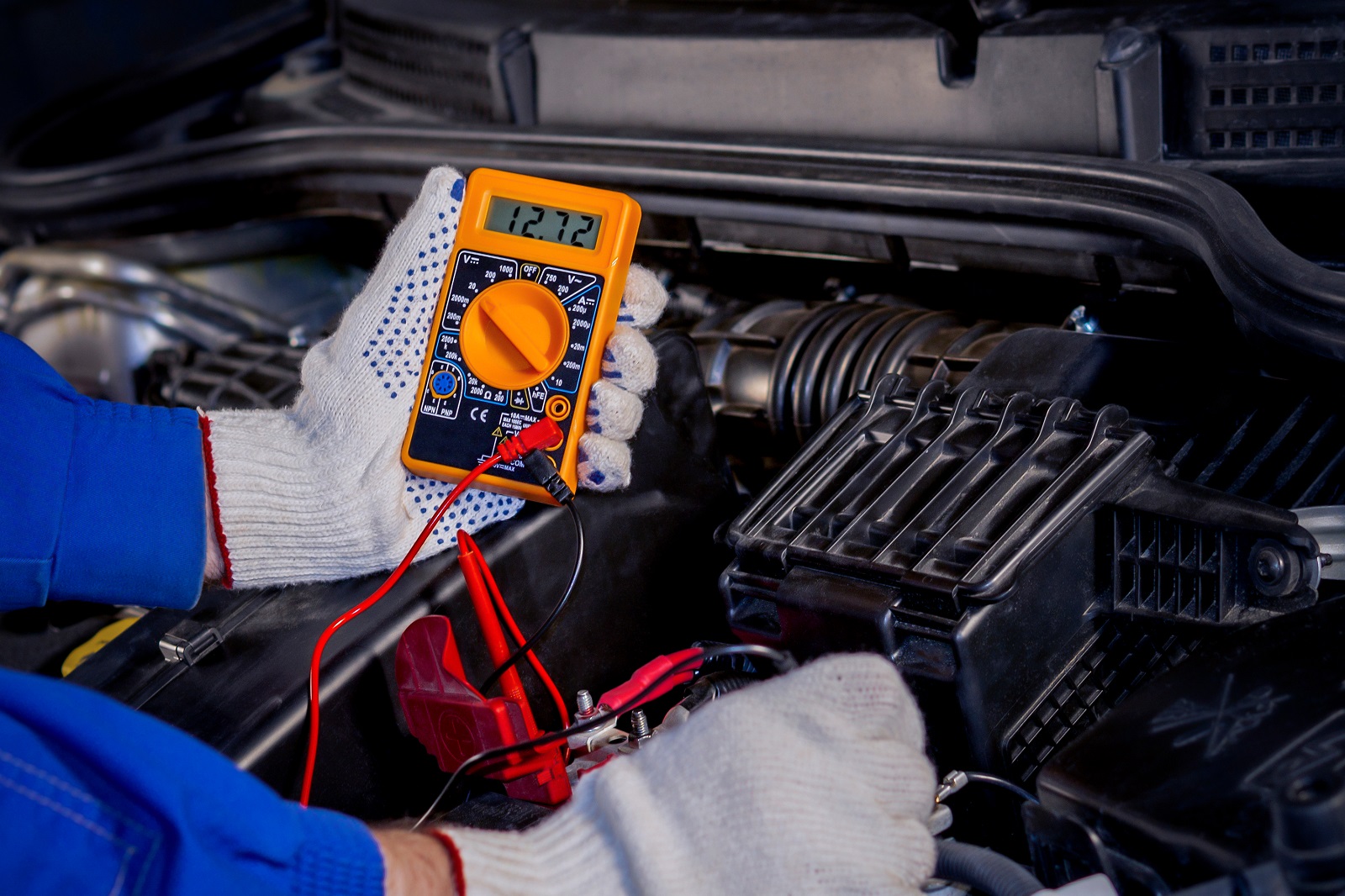
Image Credit: Shutterstock / 63ru78
Check all the electrical components—windows, locks, lights, and dashboard indicators. Electrical problems can be a nightmare to diagnose and fix, often leading to multiple trips to the mechanic.
9. Fluid Leaks
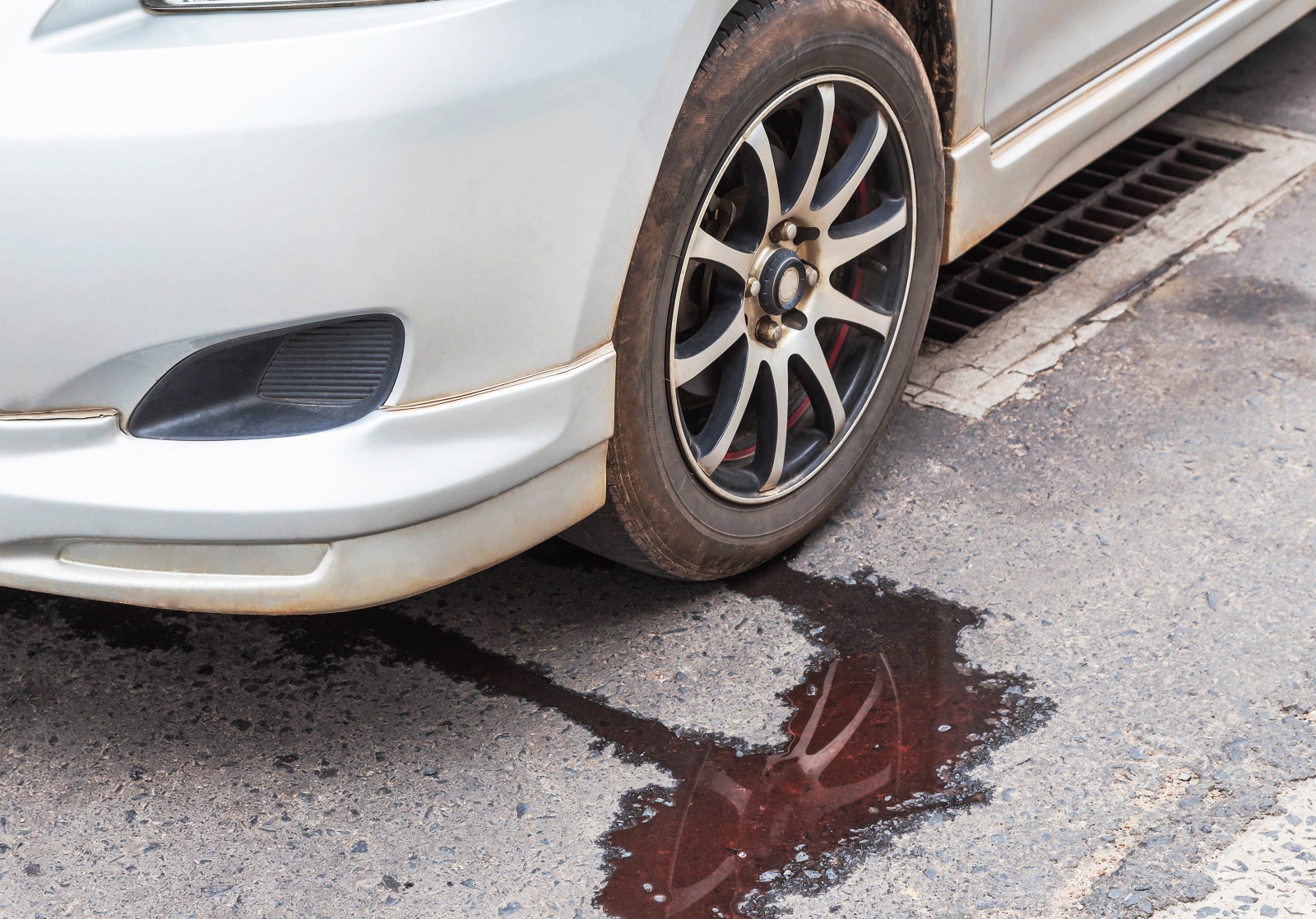
Image Credit: Shutterstock / Soonthorn Wongsaita
Inspect the car for any fluid leaks. Puddles or stains under the car can indicate issues with the engine oil, transmission fluid, coolant, or brake fluid. Fixing leaks can range from simple to very costly, depending on the source.
10. Unusual Tire Wear

Image Credit: Shutterstock / kozirsky
Uneven tire wear can be a sign of alignment issues, suspension problems, or even frame damage from a previous accident. If the tires are worn unevenly, it’s often a sign of a larger problem.
11. Strange Odors

Image Credit: Shutterstock / daniiD
A musty smell could indicate water damage, while a strong chemical odor might mean there are leaks or other issues. Persistent smells are hard to remove and often point to hidden problems.
12. Unwillingness for a Pre-Purchase Inspection
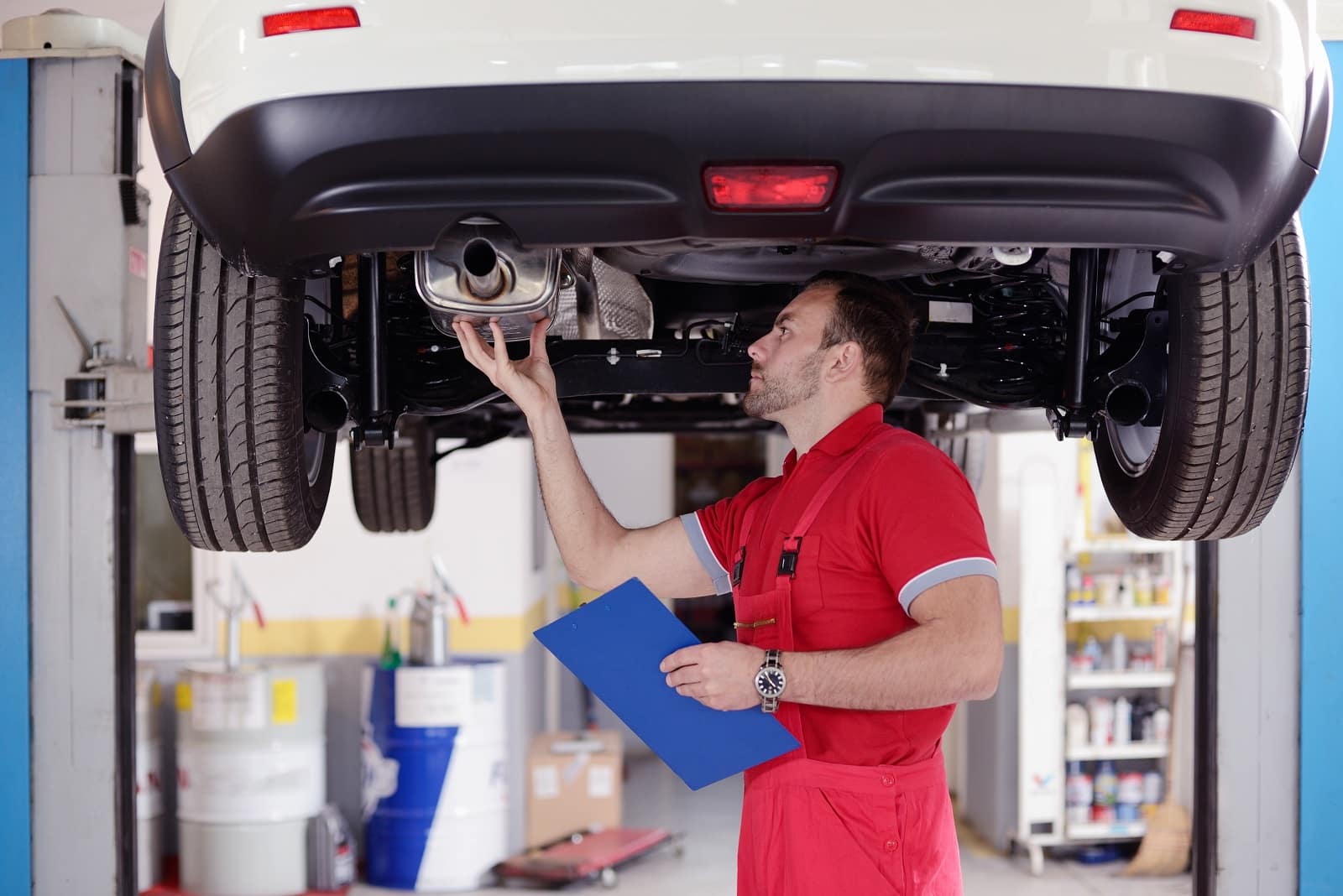
Image Credit: Shutterstock / BhFoton
If the seller refuses to let you take the car for a pre-purchase inspection by a trusted mechanic, that’s a deal-breaker. An independent inspection can reveal hidden issues that you might not catch on your own.
13. Check Engine Light
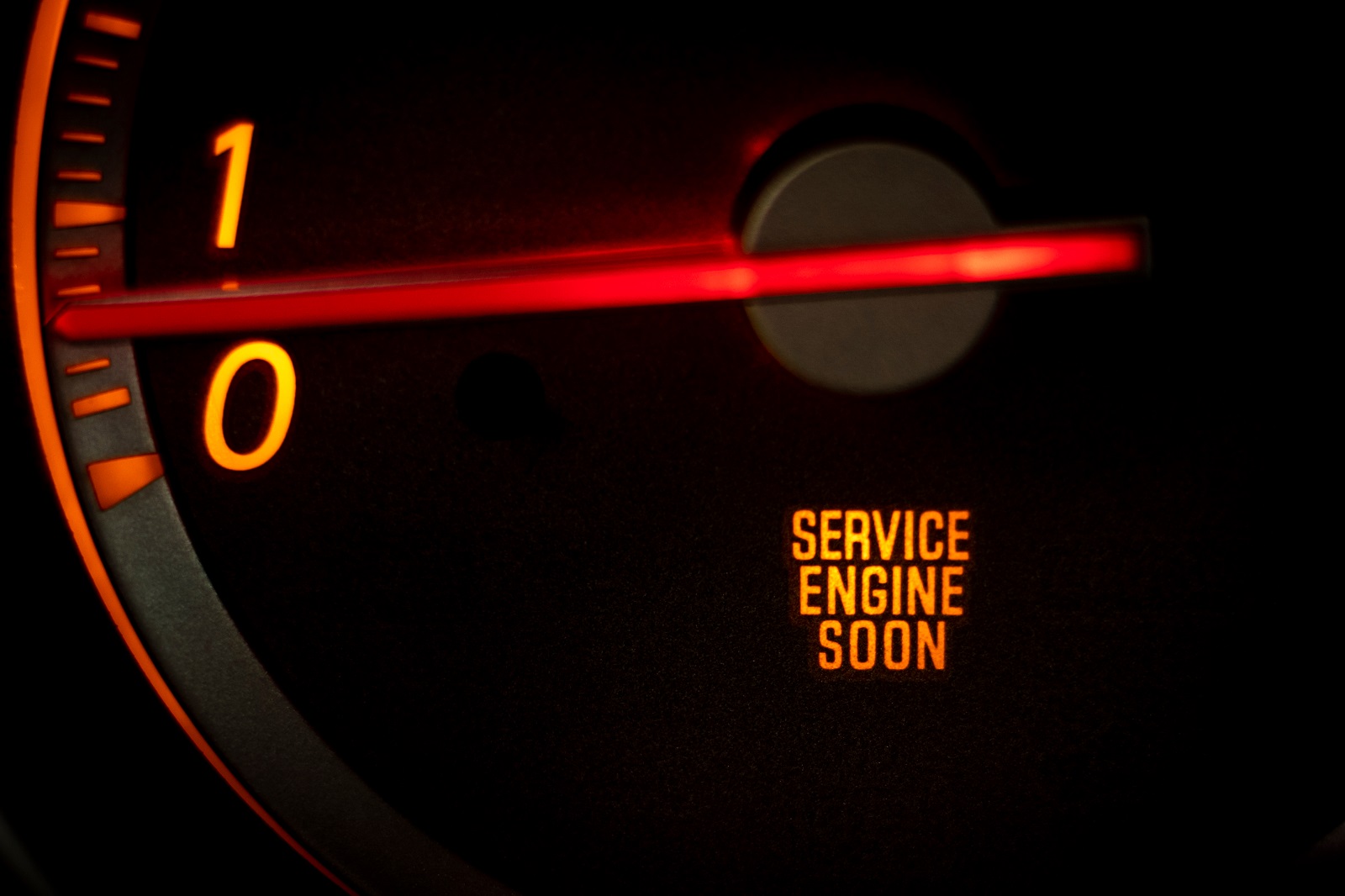
Image Credit: Shutterstock / Benjamin Clapp
A lit check engine light is a sign that something is wrong. It could be a minor issue, but it could also be something major. Get it diagnosed before making any decisions.
14. Overdue Maintenance

Image Credit: Shutterstock / GBJSTOCK
Ask about the car’s maintenance history. If the owner can’t provide records of regular oil changes, tire rotations, or other routine services, it’s likely the car hasn’t been well taken care of.
15. Too Good to Be True Pricing

Image Credit: Shutterstock / Korawat photo shoot
If the price seems too good to be true, it probably is. Extremely low prices can be tempting, but they often indicate underlying problems or hidden costs. Always compare the price with market values.
16. Excessive Modifications

Image Credit: Shutterstock / Iryna Inshyna
While some modifications can enhance performance or aesthetics, too many can be a sign of hard driving and potential future problems. Mods can also affect insurance and resale value.
17. Salvage Title

Image Credit: Shutterstock / Studio Romantic
A car with a salvage title has been declared a total loss by an insurance company. While some salvage cars are repaired properly, many are not. Proceed with extreme caution and have a thorough inspection done.
18. High Mileage with No Service Records
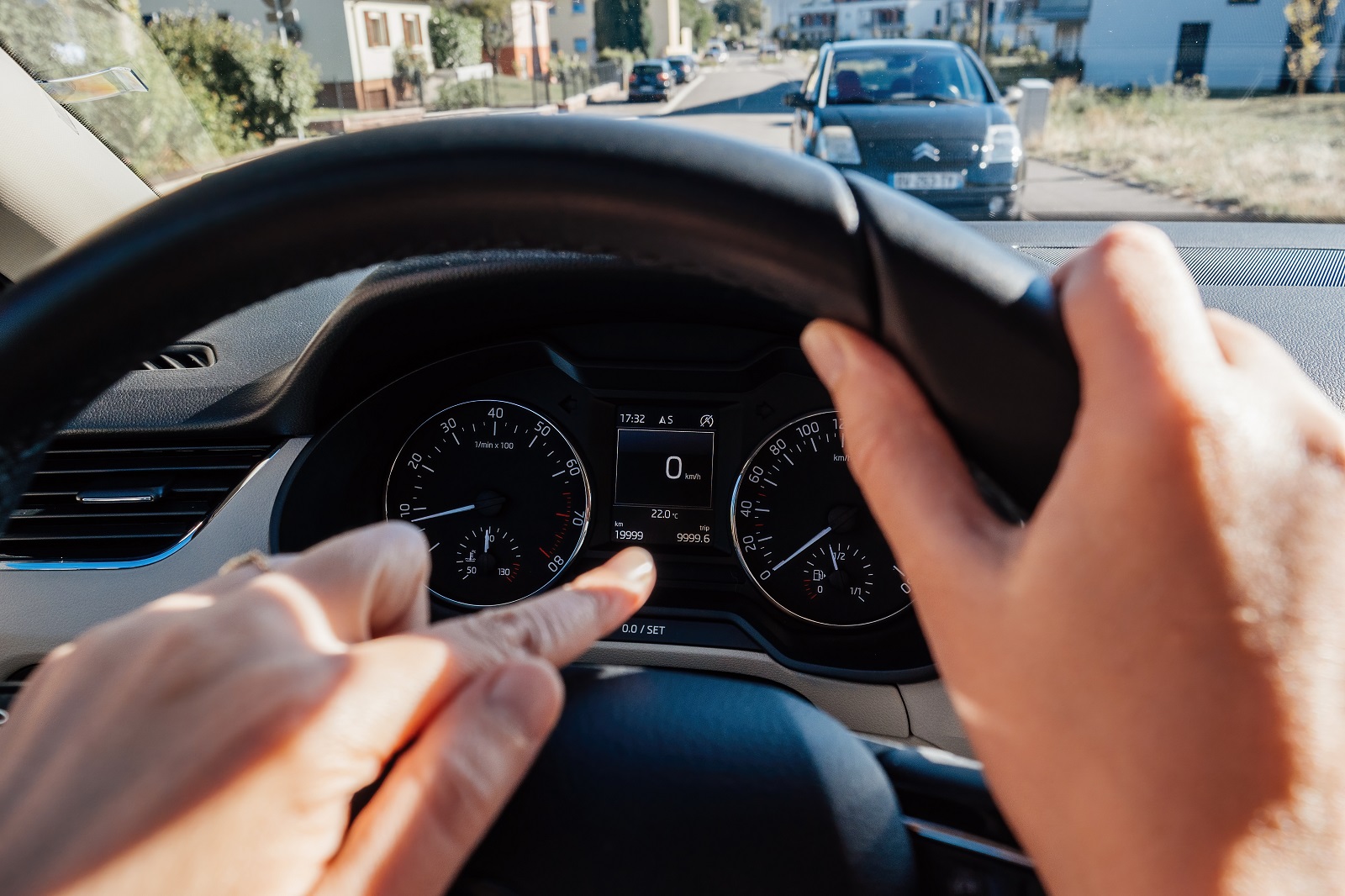
Image Credit: Shutterstock / Hadrian
High mileage cars can be great if they’ve been well-maintained. However, if there are no service records, it’s hard to verify how well the car has been taken care of. High mileage without proof of regular maintenance is a risky bet.
Drive Smart, Stay Safe

Image Credit: Shutterstock / Ground Picture
In the end, buying a used car requires diligence and a bit of skepticism. Always be thorough in your inspection, and don’t hesitate to walk away if something doesn’t feel right. There are plenty of good cars out there—don’t settle for one that’s going to give you headaches down the road.
Police Magnet: 7 Cars That Guarantee You’ll Get Pulled Over
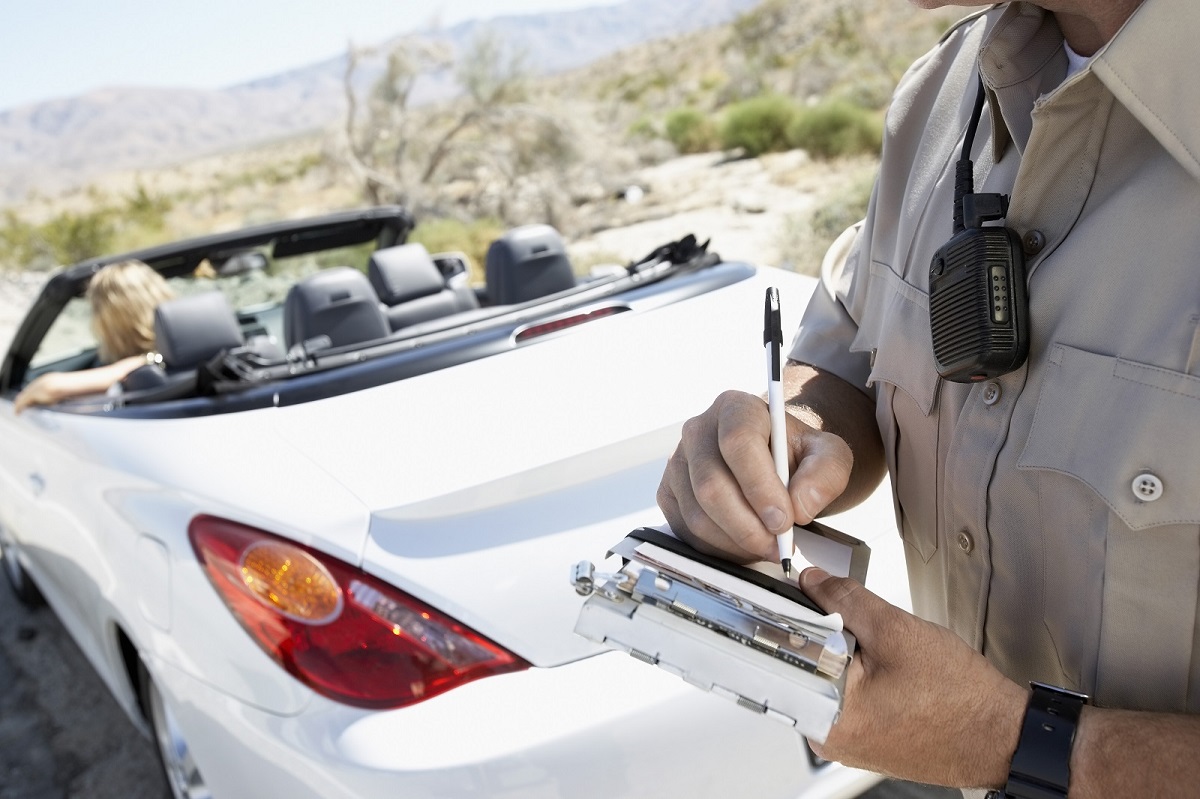
Image Credit: Shutterstock / sirtravelalot
Driving certain cars can make you more noticeable to law enforcement, even if you’re abiding by all the rules. Are you driving one of these “police magnets”? Here are seven cars that seem to attract more police attention than others. Police Magnet: 7 Cars That Guarantee You’ll Get Pulled Over
The Classic Cars That Were Total Clunkers
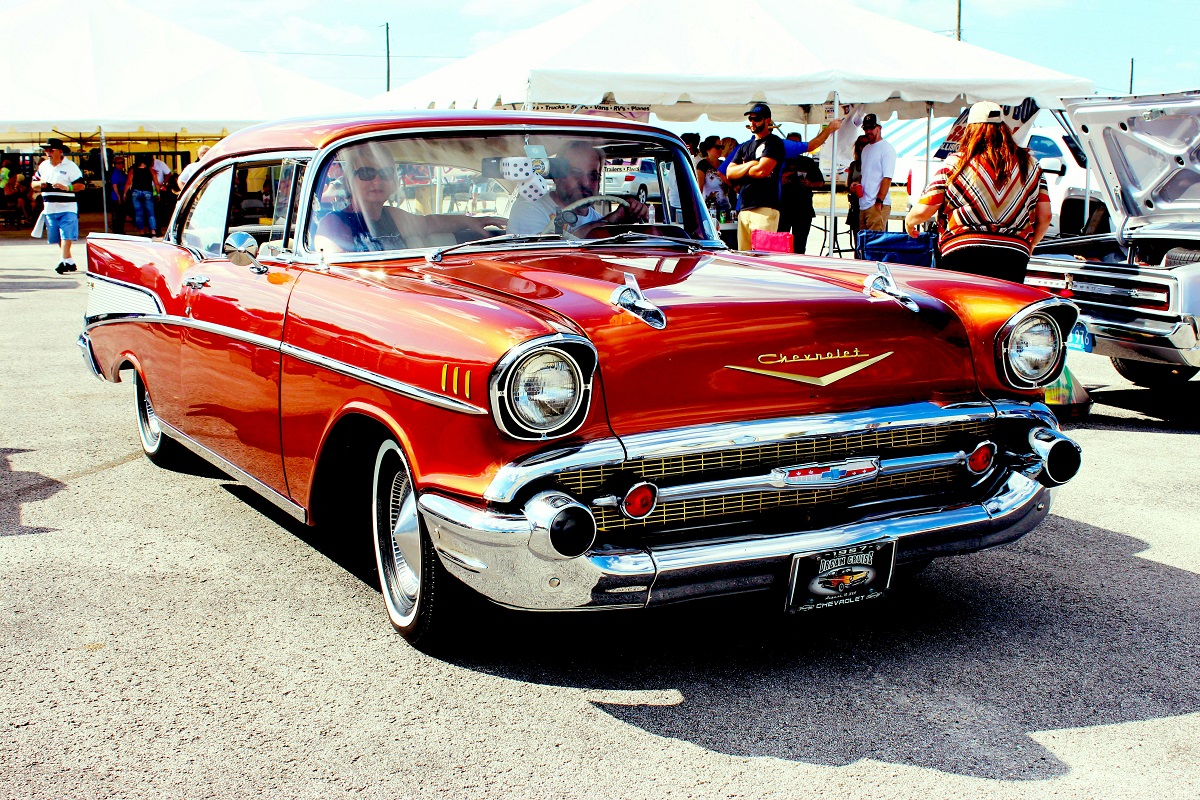
Image Credit: Pexels / Pixabay
Nostalgia has a funny way of making the past seem better than it was, especially when it comes to cars. But here’s the hard truth: some of those “classic” cars your dad raves about were real clunkers. Here’s a closer look at why some of those so-called “classics” weren’t all they were cracked up to be. The Classic Cars That Were Total Clunkers
The Worst U.S. Cars Ever Made: A Retro List
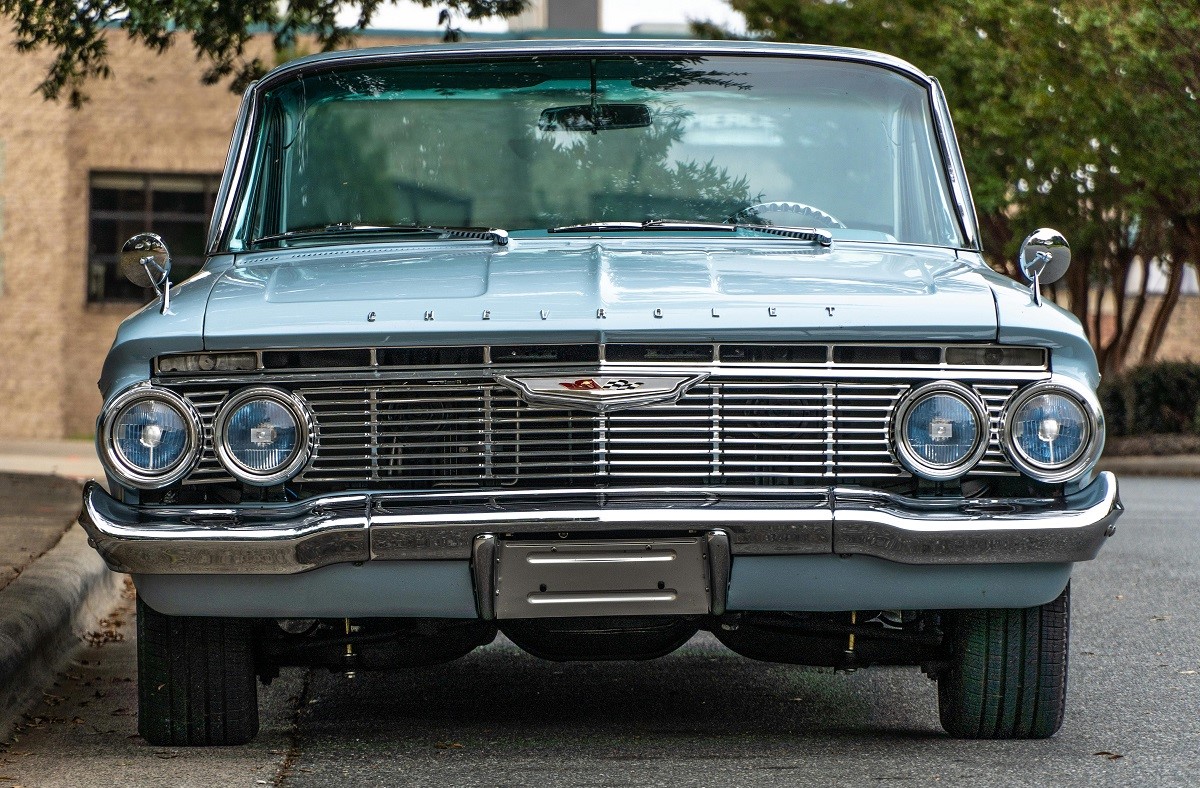
Image Credit: Pexels / Be The Observer
The U.S. auto industry has produced some incredible vehicles, but not every model was a hit. Here’s a look back at 16 of the worst cars ever made in the U.S., each infamous for its own unique flaws. The Worst U.S. Cars Ever Made: A Retro List
Featured Image Credit: Shutterstock / ViDI Studio.
For transparency, this content was partly developed with AI assistance and carefully curated by an experienced editor to be informative and ensure accuracy.
The images used are for illustrative purposes only and may not represent the actual people or places mentioned in the article.



